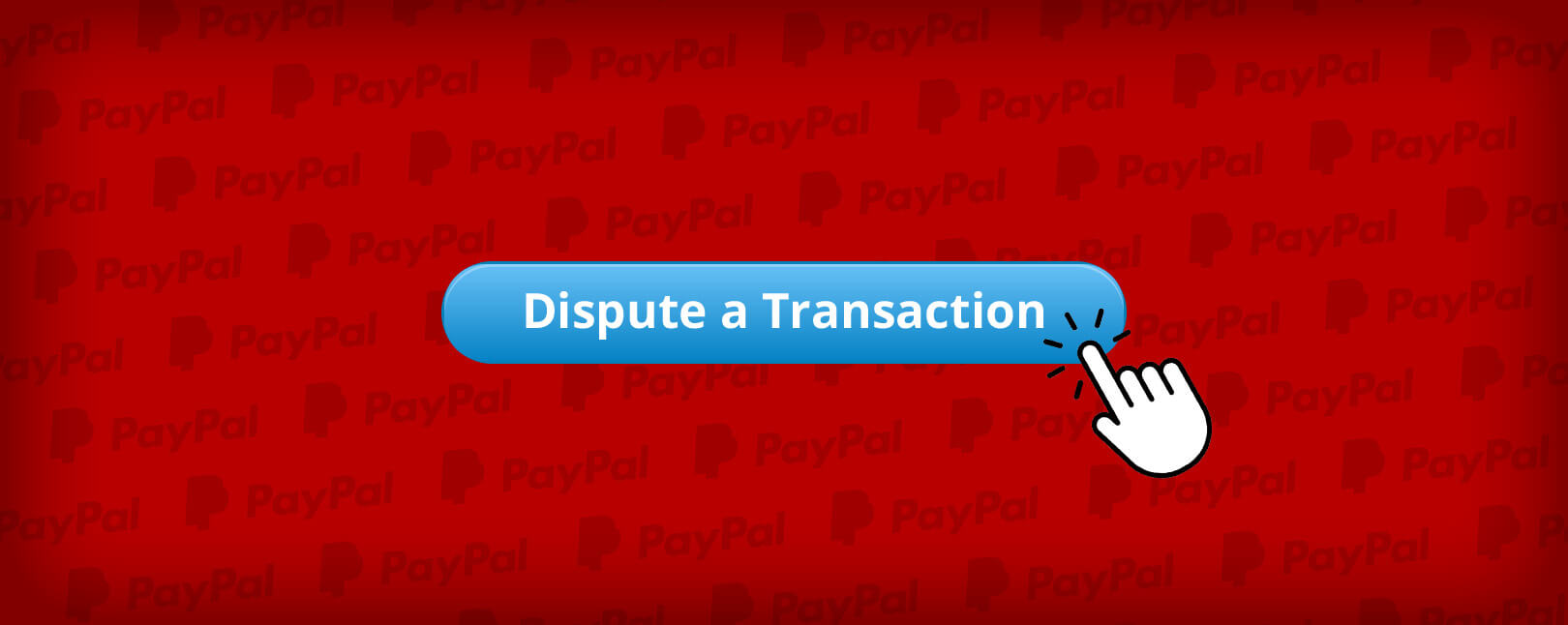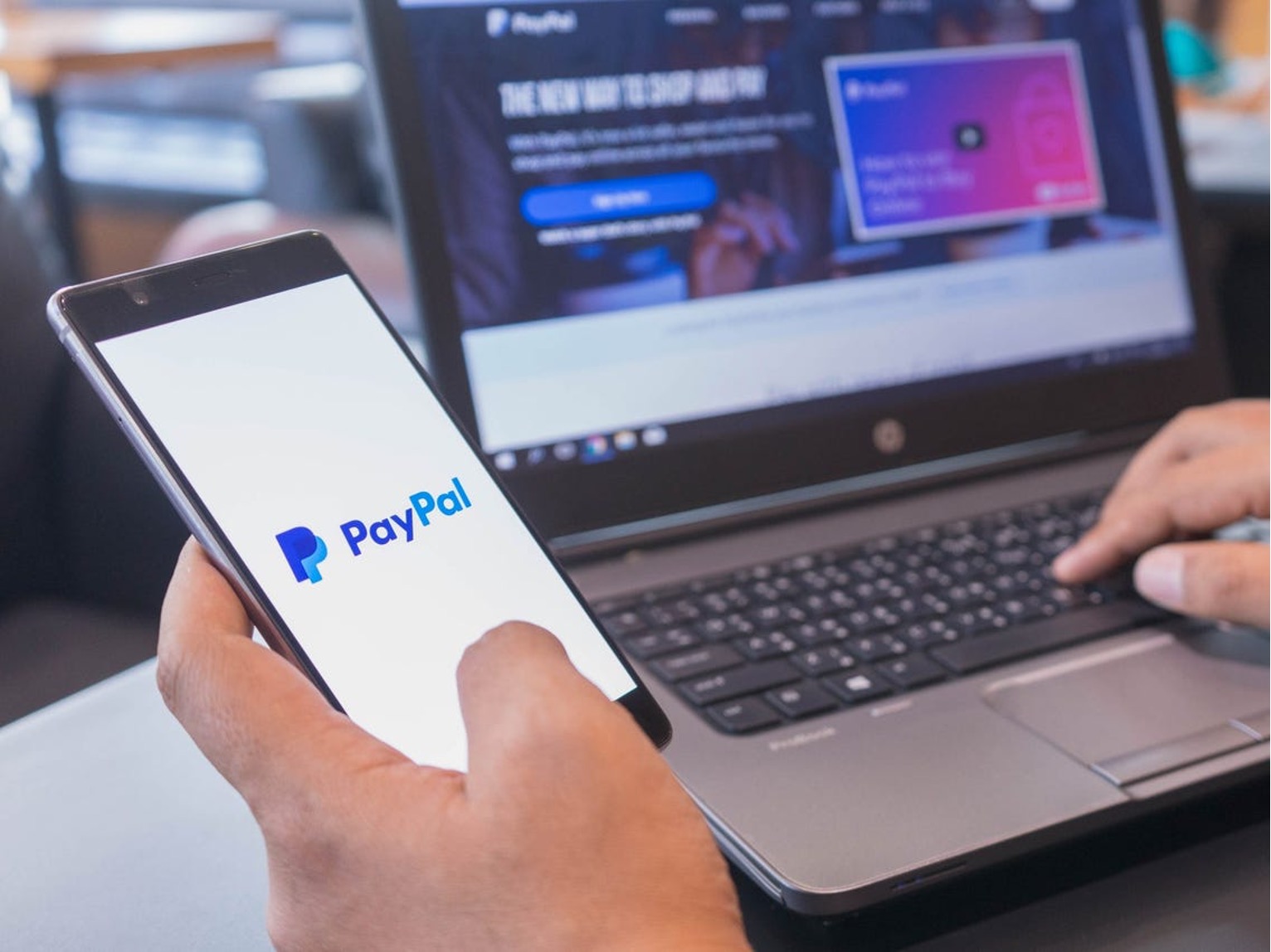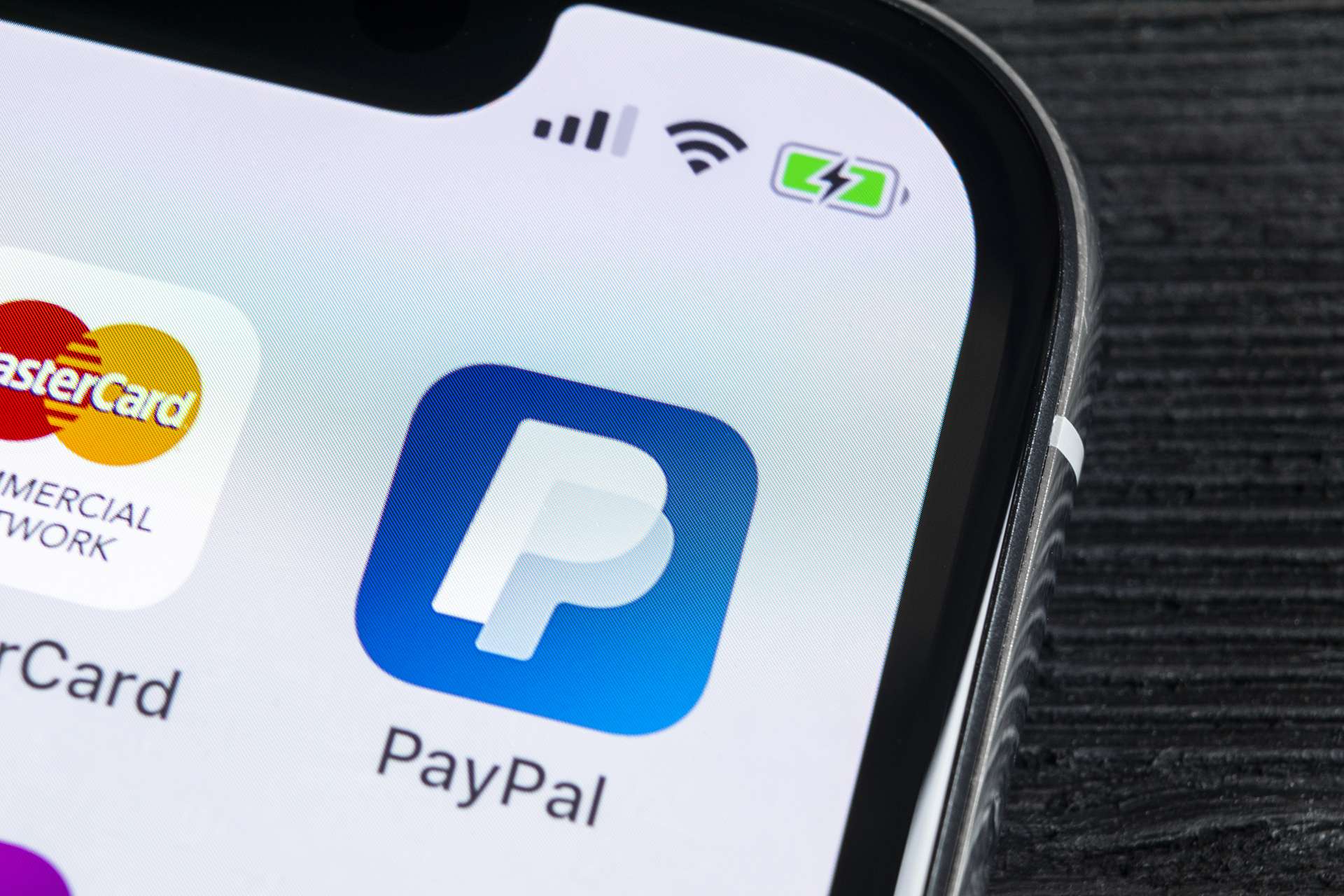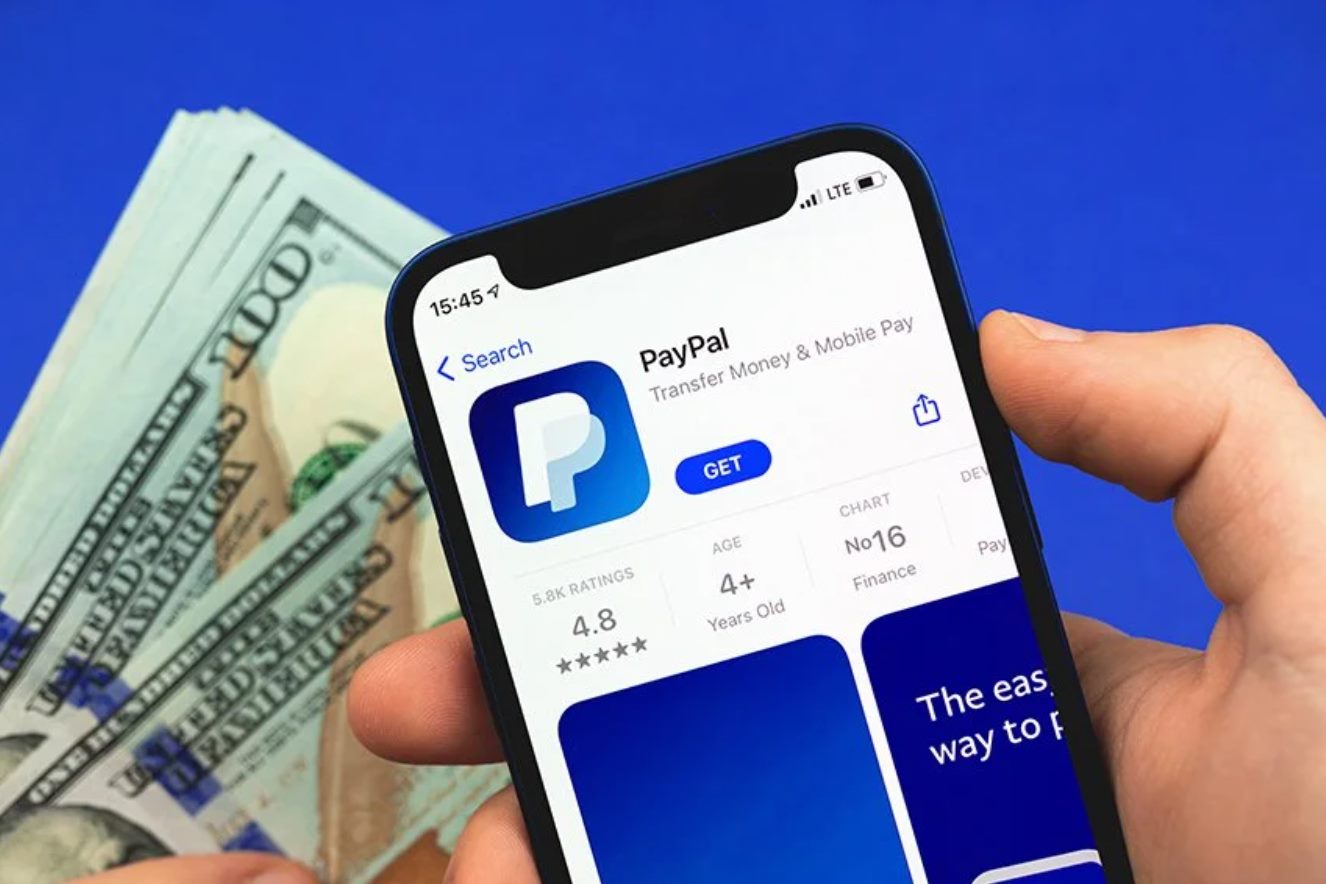Introduction
Welcome to the world of PayPal, where online transactions are made easy and convenient. As a PayPal user, it is essential to know the proper procedures for resolving any disputes that may arise during your transactions. Whether you have received a damaged item, an incorrect product, or no item at all, PayPal provides a Resolution Center to help you address these issues.
In this guide, we will walk you through the process of how to open a dispute on PayPal and resolve your concerns. By following these steps, you can initiate a formal inquiry and take necessary actions to protect your interests and ensure a fair resolution.
Opening a dispute is a step-by-step process that involves providing details, submitting evidence, and communicating with PayPal and the seller. It is crucial to provide accurate and relevant information to support your claim and increase the chances of a favorable resolution. Let’s dive into the steps required to open a dispute and effectively navigate the PayPal Resolution Center.
Step 1: Go to the PayPal Resolution Center
The first step in opening a dispute on PayPal is to navigate to the PayPal Resolution Center. This is where you can access the tools and resources provided by PayPal to address any transaction-related concerns.
To get started, log in to your PayPal account. Once you are logged in, locate the “Resolution Center” tab. This tab can usually be found at the top of the page or in the dropdown menu under your account settings. Click on the “Resolution Center” tab to proceed.
Upon entering the Resolution Center, you will be presented with a list of options regarding the type of dispute you want to open. It is essential to choose the appropriate category that best describes the nature of your dispute. PayPal provides different categories such as “Item Not Received” or “Unauthorized Transaction,” among others.
Take your time to carefully select the correct category as it will help PayPal understand the issue and process your claim accordingly. Once you have chosen the category, click on it to proceed to the next step.
It is important to note that PayPal has specific timeframes for opening a dispute. Make sure to open the dispute within the designated timeframe to ensure your case is eligible for review. Failure to meet the deadline may result in the inability to open the dispute, leading to challenges in resolving the issue.
Step 2: Select the reason for opening a dispute
After entering the PayPal Resolution Center, the next step is to select the appropriate reason for opening a dispute. PayPal offers various options to help you categorize your issue accurately. Each reason corresponds to a specific type of problem that you may encounter during a transaction.
Take the time to carefully review the available options and select the one that best matches your situation. Some common reasons include “Item Not Received,” “Item Significantly Not as Described,” “Unauthorized Transaction,” and “Billing Issues.” Choose the reason that best represents the problem you are facing.
Each reason has its own requirements and guidelines for providing evidence to support your claim. By selecting the right reason, you ensure that your dispute is handled appropriately and efficiently by PayPal. This also helps PayPal understand the context of the dispute and allows them to take the necessary steps to assist you.
It is essential to provide accurate and detailed information regarding your dispute. Clearly explain what went wrong and why you are opening the dispute. Include all relevant details such as the item description, price, transaction date, and any attempts you have made to resolve the issue with the seller. The more specific and comprehensive your explanation, the better chance you have of a successful resolution.
Keep in mind that PayPal may require you to provide supporting evidence to strengthen your case. This can include photographs, screenshots of conversations with the seller, tracking numbers, or any other documentation that supports your claim. Gather all the necessary evidence before proceeding to the next step.
Step 3: Provide necessary details and evidence
Once you have selected the reason for opening a dispute, it’s time to provide the necessary details and evidence to support your claim. This step is crucial in helping PayPal understand the validity of your dispute and making an informed decision.
Start by carefully filling out all the required fields and providing accurate information about the transaction. This includes the transaction ID, item details, purchase amount, and any other relevant information. Be as specific as possible, ensuring that all the information you provide is correct and complete.
In addition to the transaction details, you will also have the opportunity to explain the issue in your own words. This is your chance to clearly and concisely state what went wrong and why you believe you are entitled to a resolution. Be factual, provide a timeline of events, and avoid any emotional or inflammatory language.
Supporting evidence plays a crucial role in strengthening your case. PayPal allows you to upload files, such as photographs, screenshots, or any other documentation that supports your claim. Make sure to gather all relevant evidence before proceeding and upload them in a clear and organized manner.
When submitting evidence, provide a brief description or caption to explain what each piece of evidence represents. This helps PayPal understand the context and relevance of the evidence and makes it easier for them to make a decision.
Remember, the more compelling and comprehensive your evidence, the stronger your case will be. Make sure your evidence clearly demonstrates any discrepancies, damages, or issues you encountered during the transaction.
Once you have provided all the necessary details and evidence, take a moment to review your submission to ensure accuracy and completeness. Double-check that all the information is correct, and all the evidence is properly uploaded. Once you are satisfied, submit your dispute to proceed to the next step.
Step 4: Wait for the seller’s response
After submitting your dispute, the next step is to wait for the seller’s response. Once your dispute is filed, PayPal will send a notification to the seller, informing them of the dispute and providing them with an opportunity to respond.
The seller will have a certain amount of time to review the dispute and provide their side of the story. During this waiting period, it is crucial to exercise patience and allow the seller sufficient time to respond.
While waiting for the seller’s response, it is a good idea to keep an eye on your PayPal account and email notifications. PayPal may reach out to you during this process to gather additional information or request further evidence to support your claim. Make sure to promptly respond to any inquiries from PayPal to ensure a smooth resolution process.
Depending on the complexity of the dispute, the seller’s response time may vary. It is important to give them the opportunity to address the issue and provide a resolution. In some cases, the seller may offer a refund, a replacement, or propose an alternative solution to satisfy both parties.
However, be prepared for the possibility that the seller may not respond or may not offer a satisfactory solution. In such cases, you will have the option to escalate the dispute to a claim, where PayPal will step in to review the case and make a final decision.
Remember, communication is key during this stage. If you have any questions or concerns, don’t hesitate to reach out to PayPal’s customer support for guidance and assistance.
Continue to the next step to learn how to escalate the dispute to a claim if the seller’s response is unsatisfactory or they fail to respond within the designated timeframe.
Step 5: Escalate the dispute to a claim
If the seller’s response is unsatisfactory or they fail to respond within the specified timeframe, you have the option to escalate the dispute to a claim. Escalating the dispute means involving PayPal directly in the resolution process.
To escalate the dispute to a claim, you need to log in to your PayPal account and navigate to the Resolution Center. Locate the specific dispute and click on the “Escalate to Claim” option. PayPal will review your case and make a final decision based on the evidence and information provided.
Once the dispute is escalated to a claim, PayPal will take over the communication and mediate between you and the seller. Both parties may be required to provide further information or respond to inquiries from PayPal during the investigation process.
It’s important to note that once a dispute has been escalated to a claim, it cannot be reversed. Therefore, carefully consider whether escalating the dispute to a claim is the right course of action. This step is typically taken when all other attempts to resolve the issue with the seller have been unsuccessful.
PayPal’s decision on the claim is based on various factors, including the evidence provided, PayPal’s user agreement, and relevant policies. The decision is typically made within a specific timeframe, and PayPal will notify you of the outcome via email.
If the claim is resolved in your favor, PayPal will attempt to recover the funds from the seller’s account to compensate you. However, in some cases, the recovery may not be possible due to various reasons, such as insufficient funds in the seller’s account.
If the claim is not resolved in your favor, PayPal will provide a detailed explanation for the decision. In such instances, you may explore alternative options, such as contacting your bank or credit card issuer for assistance in recovering the funds.
Escalating the dispute to a claim is a significant step, and it signifies the involvement of PayPal in resolving the dispute. Be prepared to provide any additional information or documentation requested by PayPal to support your claim.
Continue to the next step to understand the importance of communication with PayPal during the resolution process.
Step 6: Communicate with PayPal during the resolution process
Clear and effective communication with PayPal is crucial during the resolution process. They are there to assist you and ensure a fair resolution to your dispute. Keeping an open line of communication with PayPal will help them understand your perspective and provide the necessary support.
PayPal may reach out to you during the investigation process to gather additional information or clarify any details regarding your dispute. It is important to respond promptly to any inquiries from PayPal, as any delays in communication may prolong the resolution process.
If you have any updates or new evidence to support your claim, make sure to inform PayPal as soon as possible. This may involve providing additional documentation or explaining any recent developments related to the dispute.
When communicating with PayPal, it is crucial to remain calm, professional, and focused on the issue at hand. Clearly explain your concerns and provide factual information to support your position. Avoid using emotional or confrontational language, as it may hinder the resolution process.
If you encounter any difficulties or have concerns regarding the handling of your dispute, it is recommended to escalate your inquiry to PayPal’s customer support. They can provide guidance, answer your questions, and address any issues that may arise during the resolution process.
Keep in mind that PayPal is committed to ensuring a fair and unbiased resolution. They will review all the evidence and information provided by both parties before making a decision. By maintaining open communication and cooperating with PayPal, you increase the chances of a satisfactory resolution to your dispute.
Continue to the next step to learn about the final step in the resolution process – waiting for PayPal’s decision.
Step 7: Wait for PayPal’s decision
After submitting your claim and providing all the necessary information, the final step is to wait for PayPal’s decision. Once PayPal has reviewed all the evidence and information from both parties, they will make a determination based on their user agreement, relevant policies, and the specifics of your case.
The timeframe for PayPal’s decision may vary depending on the complexity of the dispute and the volume of cases they are handling. It is important to be patient during this waiting period and avoid making unnecessary follow-ups, as it may potentially prolong the resolution process.
PayPal will notify you of their decision via email. If the decision is in your favor, PayPal will take appropriate action to resolve the dispute. This may include recovering funds from the seller’s account and refunding you accordingly.
However, if the decision favors the seller, PayPal will provide a detailed explanation for their determination. In such cases, you may need to explore alternative options, such as contacting your bank or credit card issuer for further assistance in resolving the dispute.
It is crucial to thoroughly review PayPal’s decision once you receive it. If you have any questions or concerns regarding their ruling, you can reach out to PayPal’s customer support for clarification or further guidance.
During this waiting period, it is important to refrain from taking any further actions that may complicate the resolution process. Avoid leaving negative feedback or making public statements that could potentially harm your chances of a favorable outcome.
Remember, PayPal aims to facilitate fair and unbiased resolutions to disputes. While the waiting period may be frustrating, it is essential to trust the process and allow PayPal to conduct a thorough investigation.
By following these steps and maintaining open communication with PayPal, you increase the likelihood of a successful resolution to your dispute.
Conclusion
Resolving disputes through the PayPal Resolution Center can be a straightforward process when you follow the necessary steps and provide accurate information. Opening a dispute allows you to address any issues you encounter during a transaction and seek a fair resolution.
By going through each step – from accessing the PayPal Resolution Center to escalating the dispute to a claim – you increase the chances of reaching a satisfactory outcome. Remember to select the appropriate reason for opening a dispute, provide detailed information, and submit relevant evidence to strengthen your case.
Throughout the resolution process, it is crucial to maintain open communication with PayPal. Respond promptly to any inquiries, provide updates or new evidence as needed, and maintain a professional tone during interactions. This will help PayPal better understand your perspective and support you in resolving the dispute.
After submitting your claim, waiting for PayPal’s decision may require patience. Keep in mind that PayPal aims to provide fair and unbiased resolutions. Upon receiving their decision, carefully review it, and, if necessary, seek further clarification from PayPal’s customer support.
While PayPal’s Resolution Center offers a structured approach to resolve disputes, it is essential to remember that alternative options may exist. If PayPal’s decision is not favorable, you can explore other avenues, such as contacting your bank or credit card issuer for additional assistance.
By following these steps and maintaining clear communication, you can navigate the PayPal Resolution Center with confidence, resolving disputes and protecting your interests in online transactions.

























